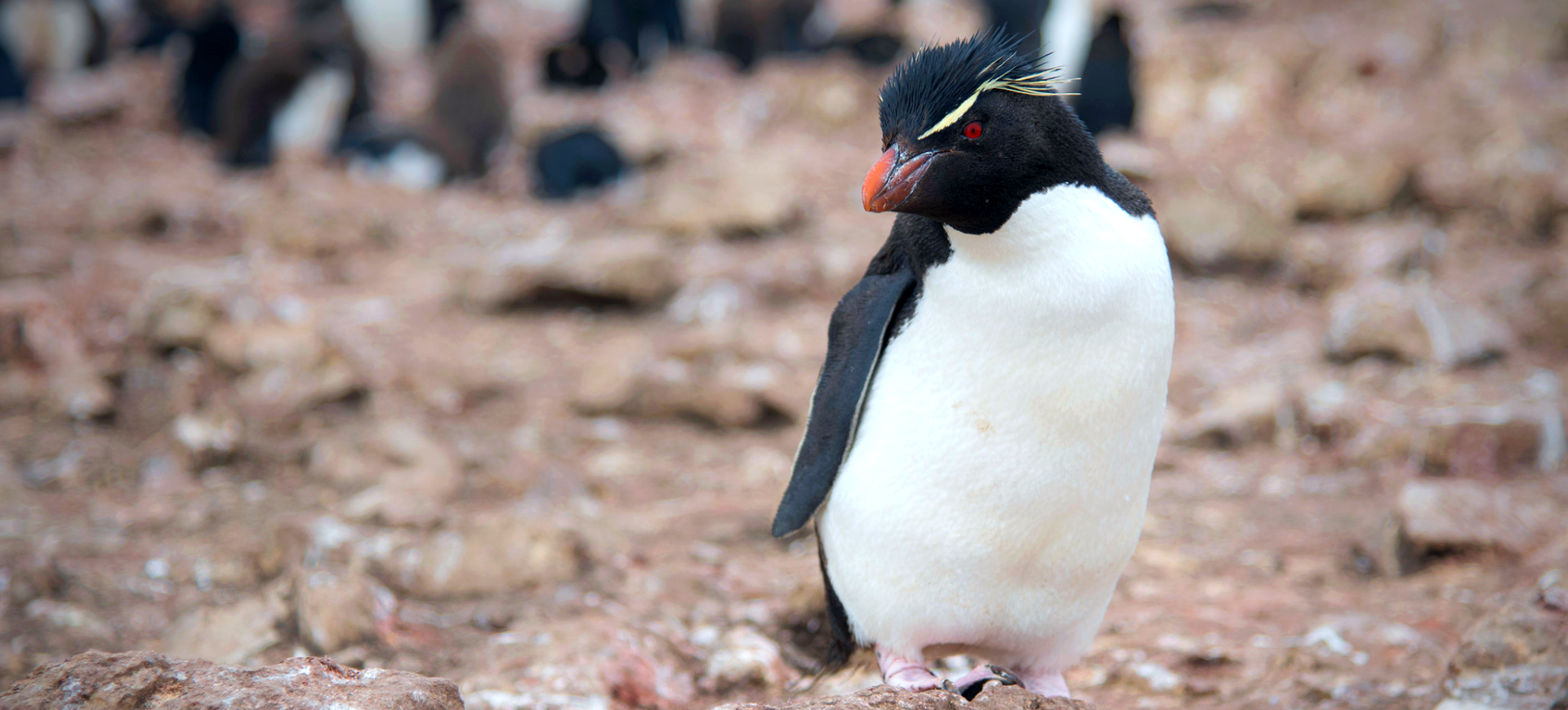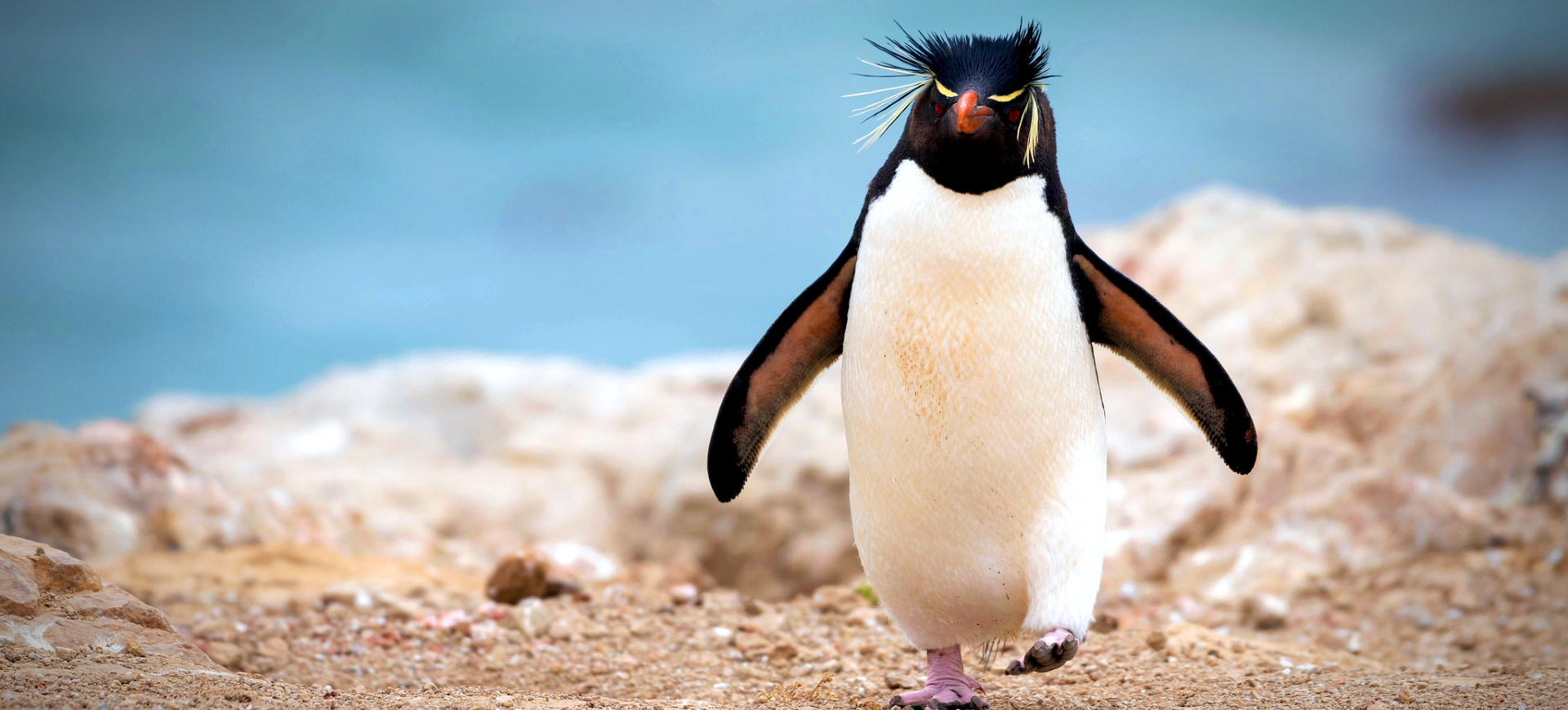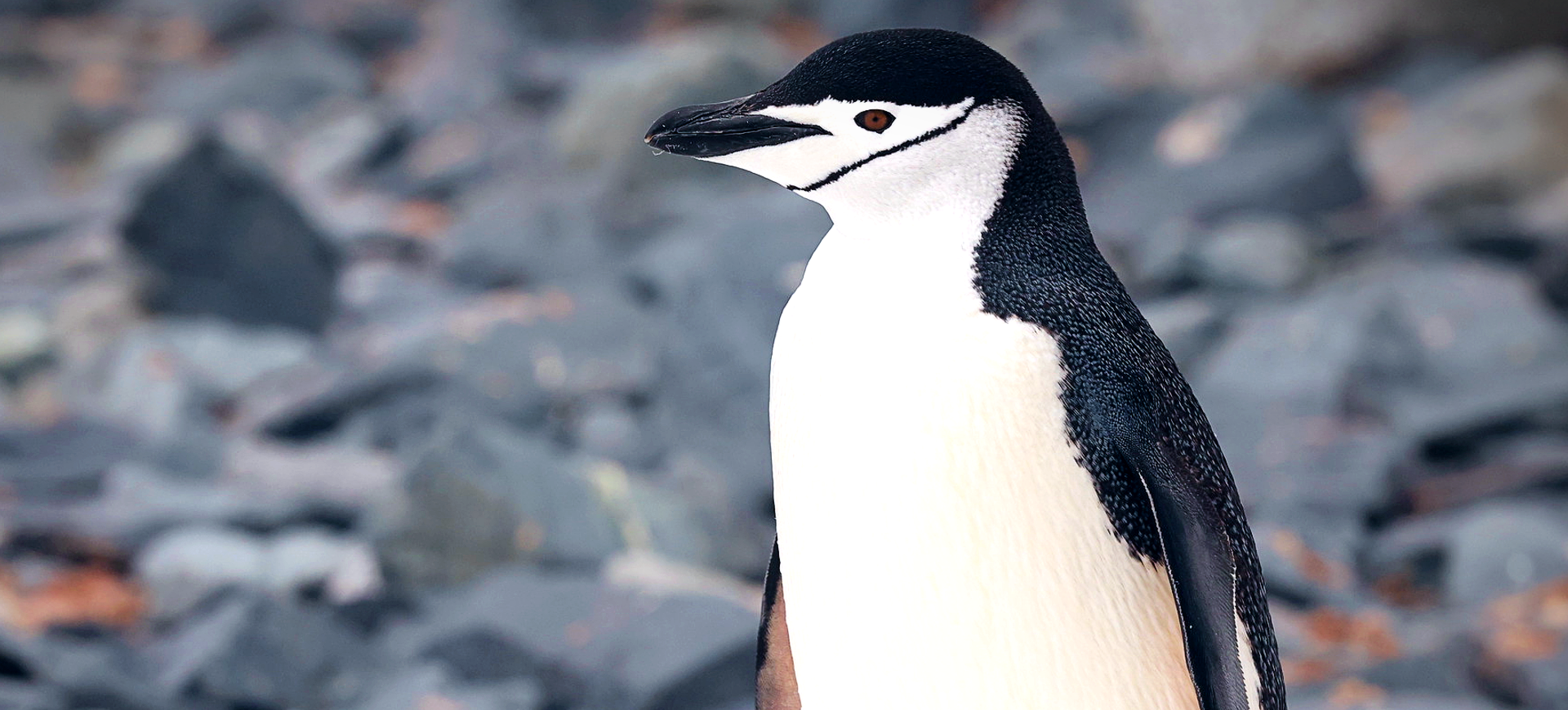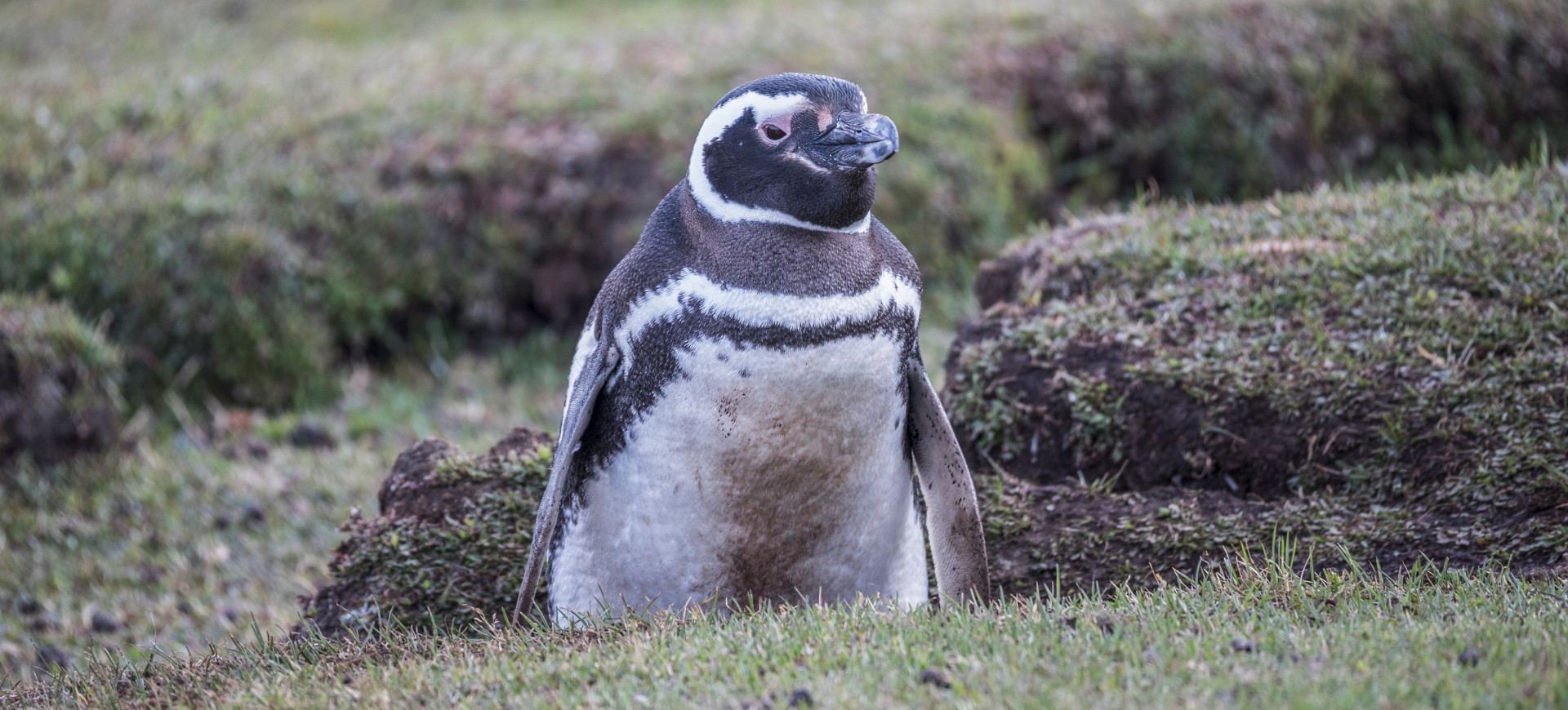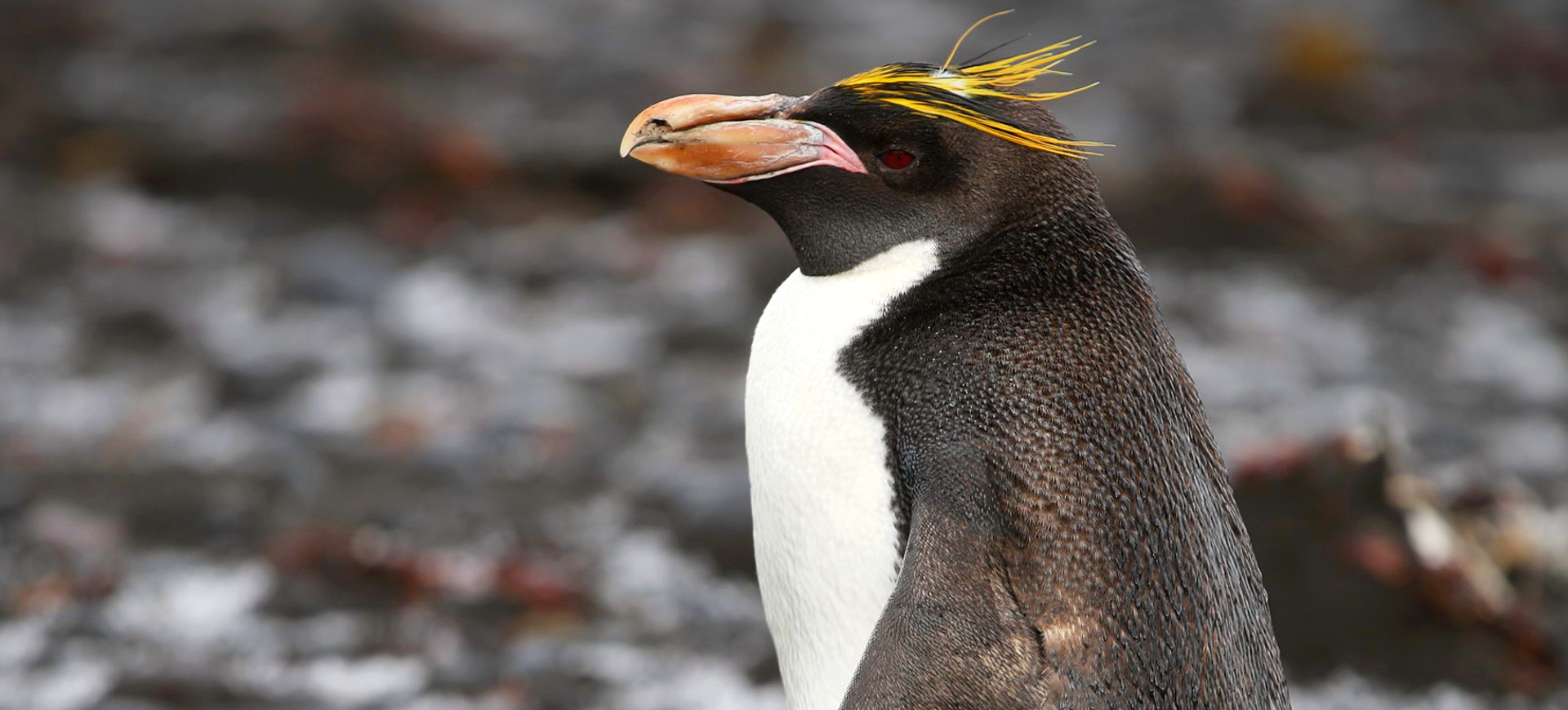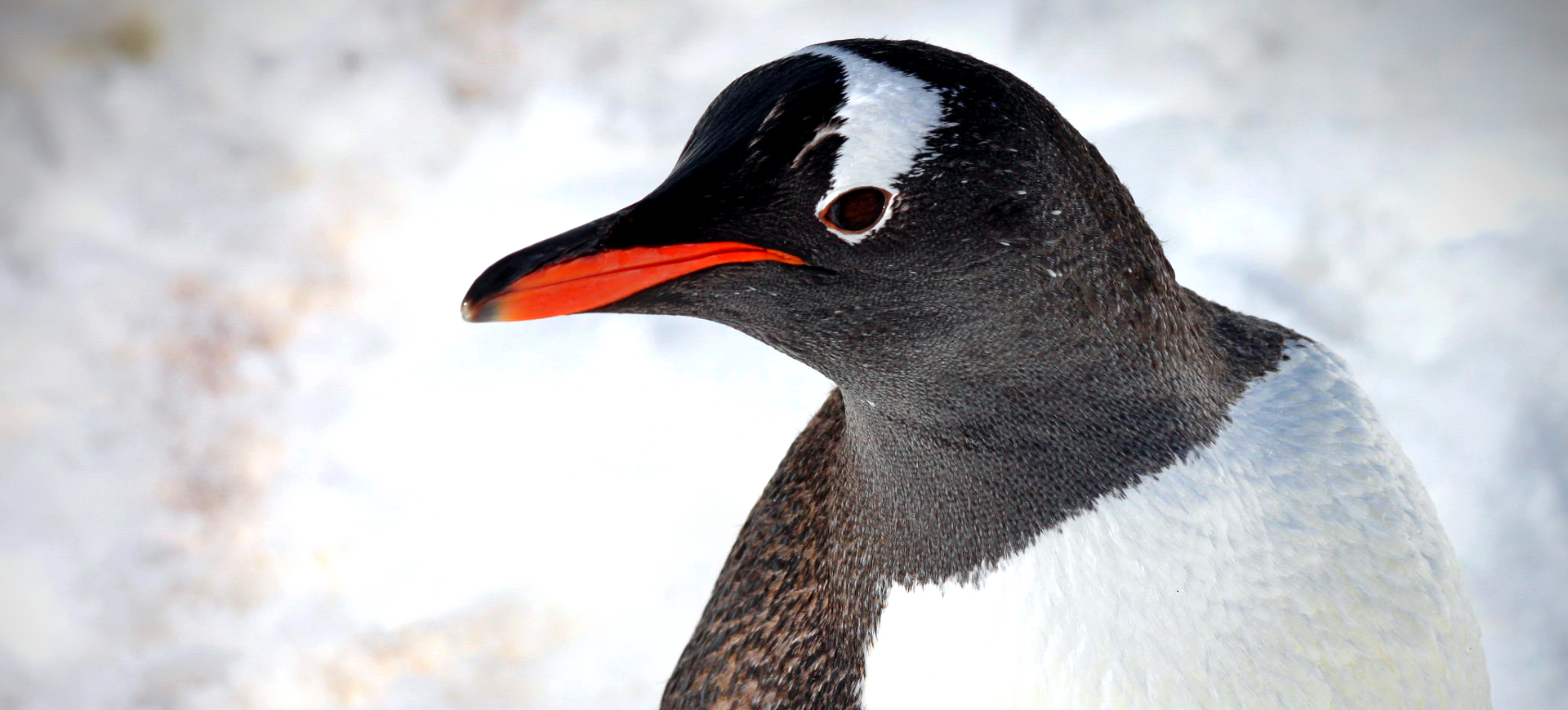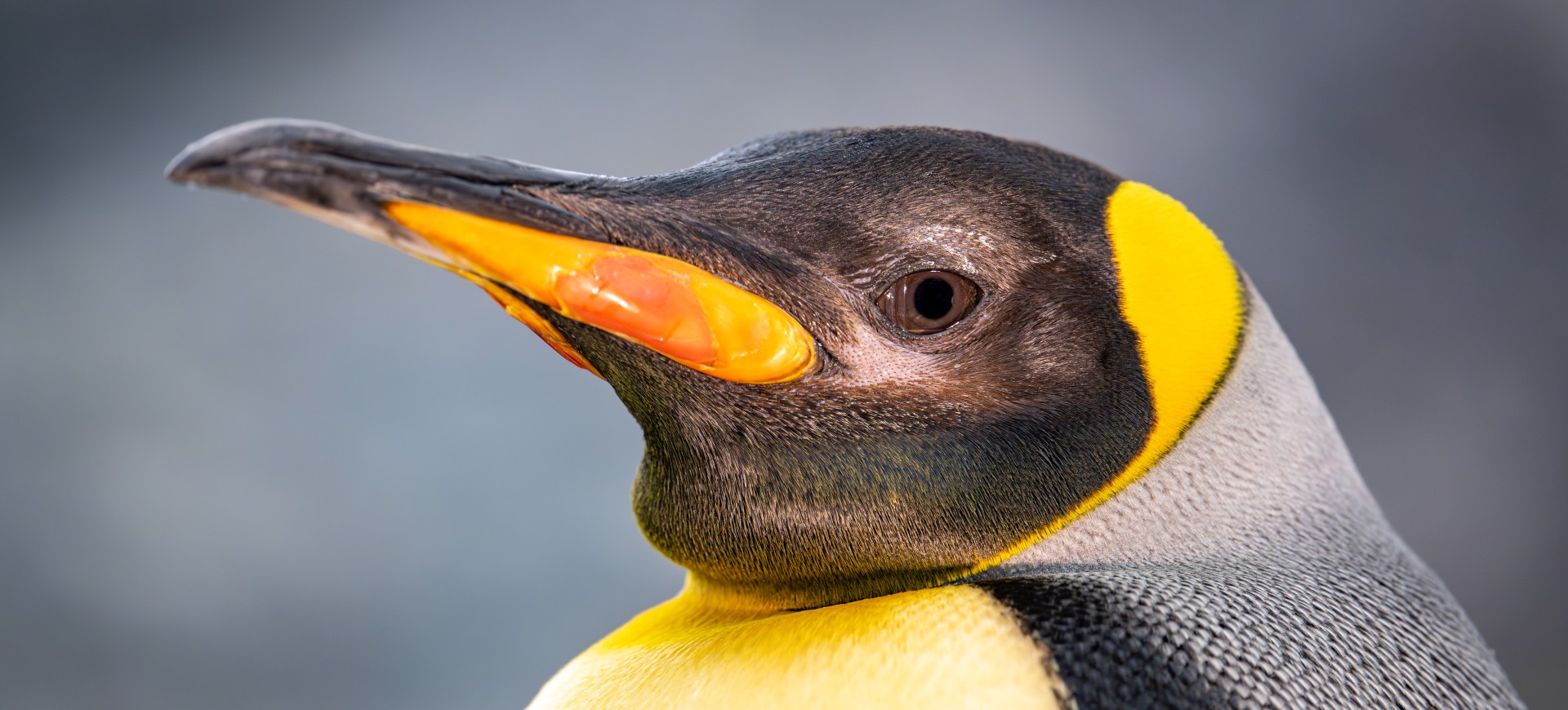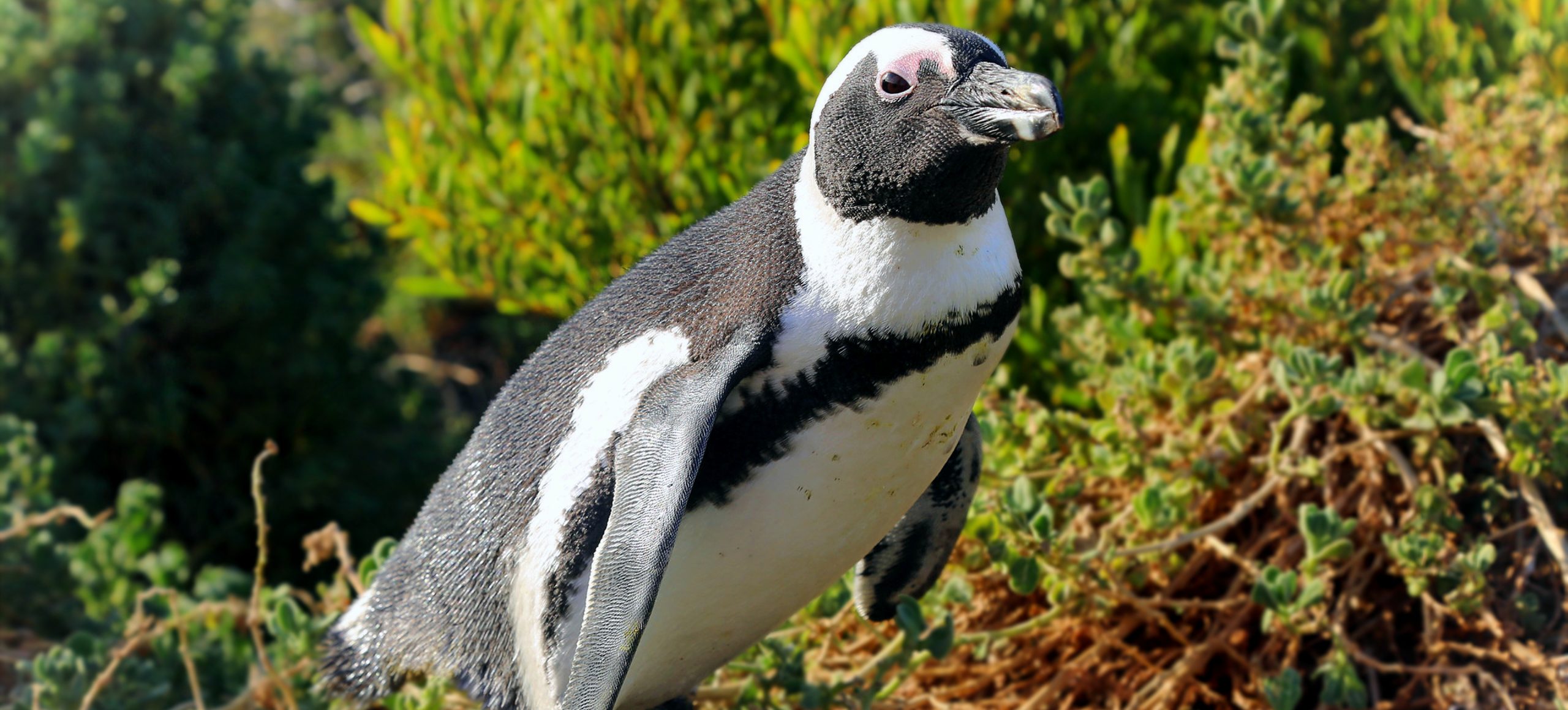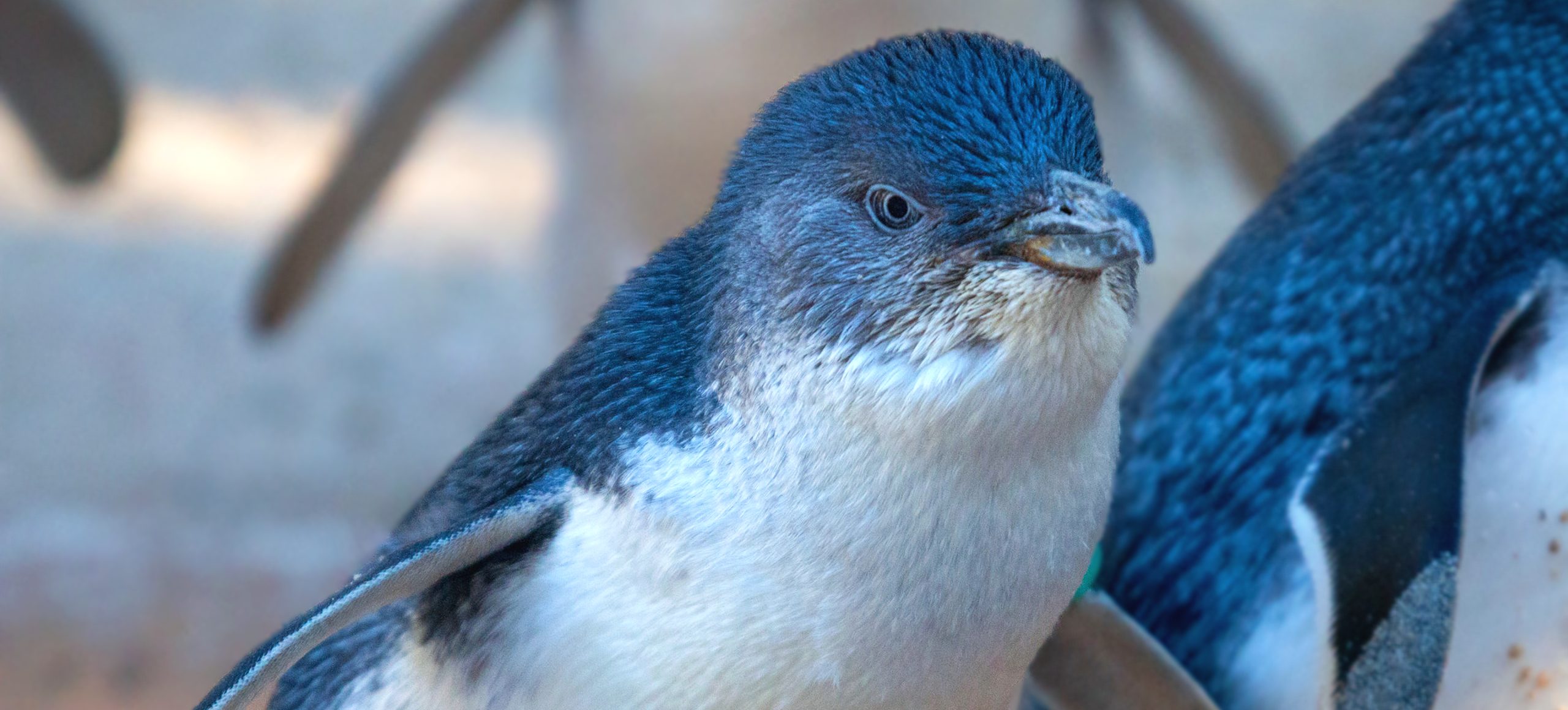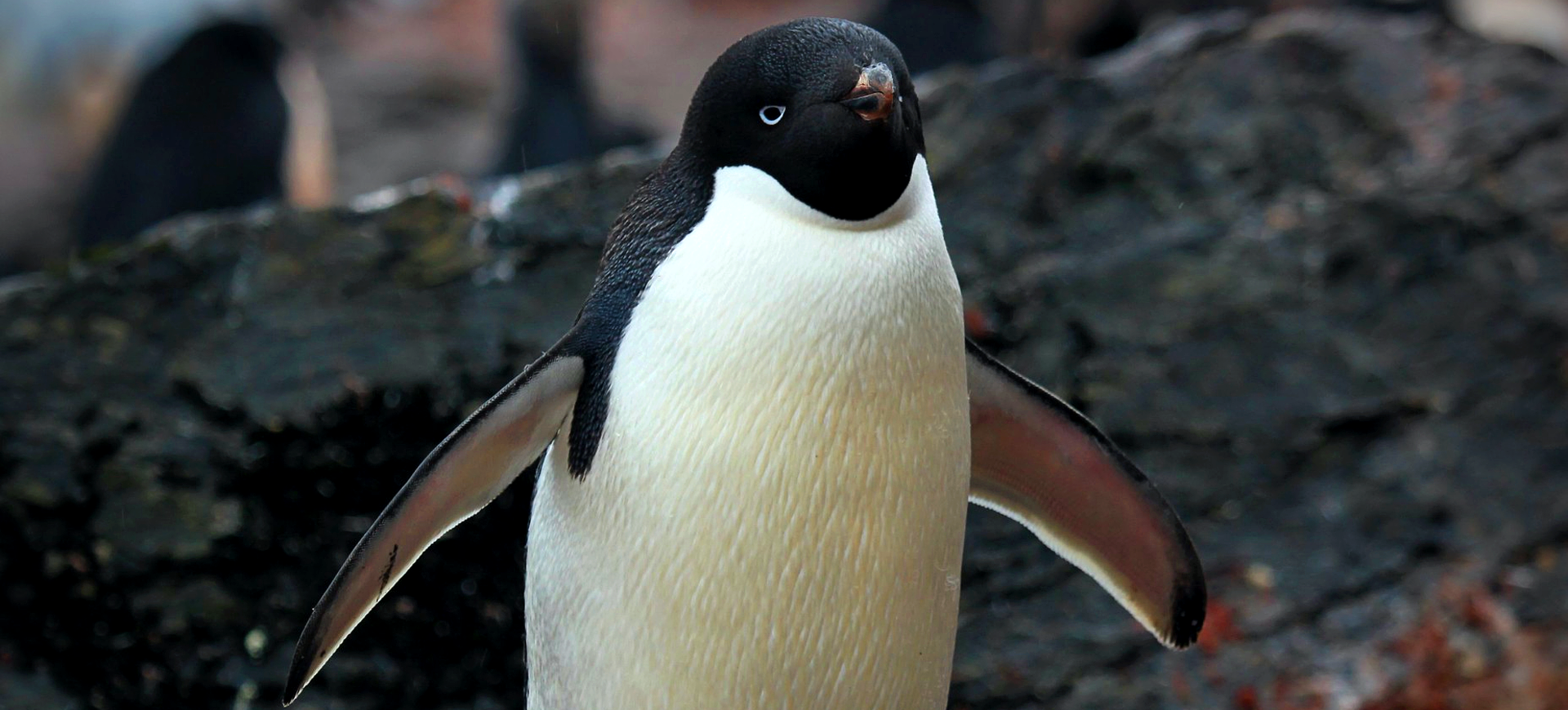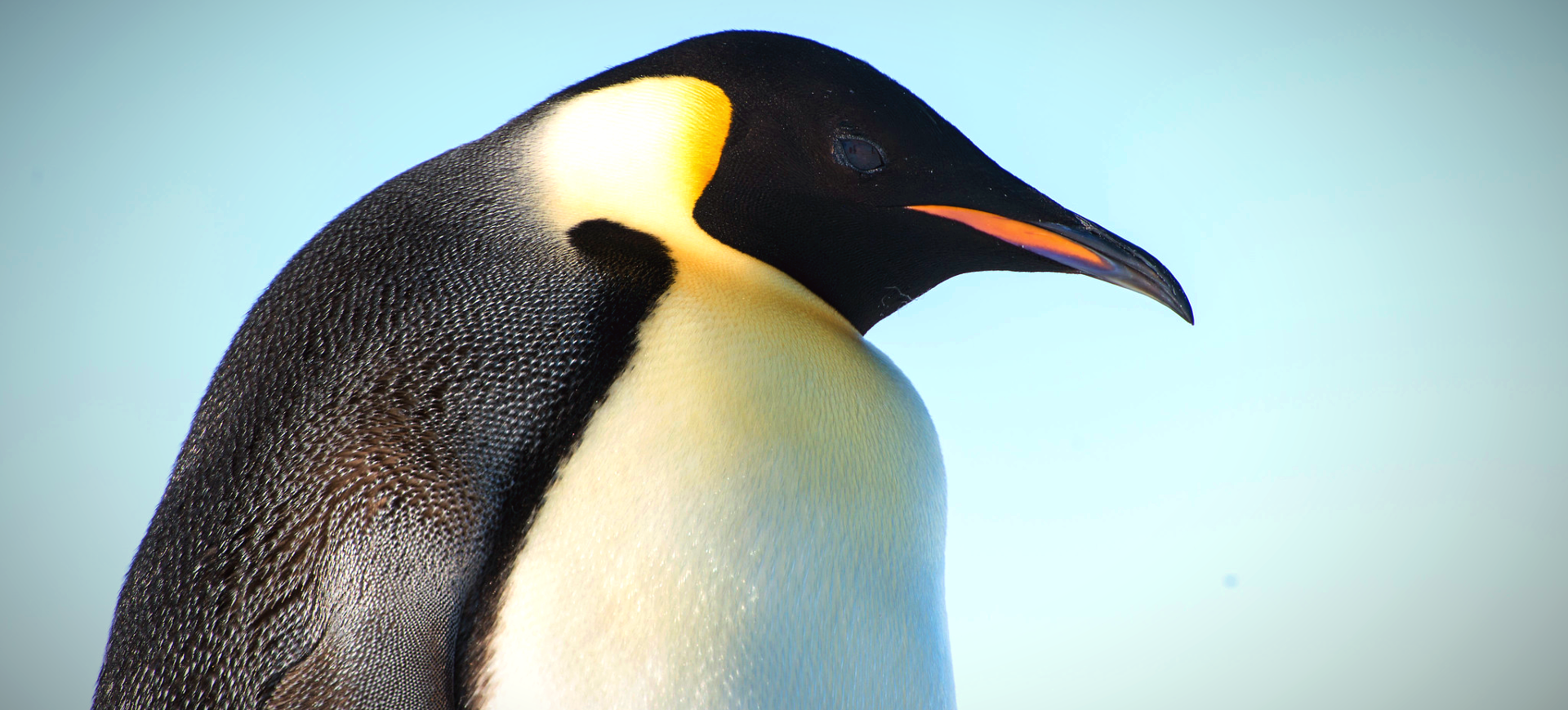Overview
The Humboldt Penguin, named after the cold Humboldt Current it swims in, is a medium-sized penguin native to the coasts of Chile and Peru in South America. Unlike its Antarctic relatives, the Humboldt Penguin has adapted to the warmer climates of the Pacific coast, making it a unique species in the penguin family. Its black-gray upperparts and white underparts are characterized by a distinctive black band running across its chest.
This species is known for its strong swimming capabilities, using its flippers to propel through the water with agility and speed. The Humboldt Penguin’s diet primarily consists of small fish and squid, which it hunts in the rich waters of the Humboldt Current. They dive deep, often reaching depths of up to 150 meters, to catch their prey.
Humboldt Penguins are social creatures, often found in large colonies on rocky mainland shores or islands. These colonies offer protection from predators and serve as breeding grounds. However, the species has faced significant threats in recent years, leading to a decline in their population and a vulnerable status on the IUCN Red List.
Taxonomy
Kingdom
Phylum
Class
Order
Family
Genus
Species
Type
Physical Description:
Humboldt Penguins possess a sleek, streamlined body optimized for their aquatic lifestyle. Their strong, flipper-like wings, combined with their webbed feet, make them agile swimmers. Their sharp beaks are slightly curved, facilitating their prey’s efficient capture and consumption. The black and white coloration serves as camouflage, protecting them from aerial and underwater predators.
The Humboldt Penguin’s distinctive appearance includes a black head with a white border running from behind the eye, around the black ear-coverts and chin, to join on the throat. They also have a unique pattern of black spots on their bellies, which varies among individuals. A thin, fleshy pink ring surrounds their eyes, believed to help them with thermoregulation.

Lifespan: Wild: ~15 years || Captivity: ~30 years

Weight: Male: 8.8-13.2 lbs (4-6 kg) || Female: 8.2-12.1 lbs (3.7-5.5 kg)

Length: Male: 26-28 inches (66-71 cm) || Female: 24-26 inches (61-66 cm)

Height: Male: 26-28 inches (66-71 cm) || Female: 24-26 inches (61-66 cm)

Wingspan: Male & Female: 31-35 inches (78-89 cm)

Top Speed: 20 mph (32 km/h)
Characteristic:
Native Habitat:
Humboldt Penguins are native to the coastal regions of Chile and Peru. They prefer rocky shores and islands where they can easily access the sea and have a safe place to breed and molt. These areas provide them with the necessary protection from land-based predators and offer a vantage point to spot potential threats in the water.
The islands and mainland locations they inhabit are characterized by their sandy or rocky beaches, which are ideal for nesting. These penguins dig burrows in the guano or sand or find natural crevices to lay their eggs, protecting them from the elements and potential predators.
Biogeographical Realms:
Continents:
Diet:
Diet & Feeding Habits:
Humboldt Penguins are carnivorous, primarily feeding on small fish and squid. The rich waters of the Humboldt Current provide an abundant supply of anchovies, sardines, and other small fish, which form the bulk of their diet. These penguins are known to dive deep to catch their prey, using their excellent underwater vision to spot and pursue fish.
The penguins often hunt in groups, employing a strategy to herd fish into dense schools. This cooperative hunting technique increases their chances of a successful hunt, ensuring that most group members get their fill. Their feeding habits and preferences can change based on prey availability in their region.
Mating Behavior:
Mating Description:
Humboldt Penguins are monogamous birds, often forming long-term pair bonds. Once a bond is formed, the pair will stay together for life, returning to the same nesting site year after year. During the breeding season, these penguins engage in elaborate courtship displays, which include mutual preening, flipper waving, and vocalizations.
The breeding season for Humboldt Penguins varies depending on the location of their colony. Generally, they have two breeding seasons per year. After a successful mating, the female lays one to two eggs. Both parents take turns incubating the eggs, ensuring they are kept at a constant temperature. After about 40 days, the eggs hatch, and both parents take on feeding and caring for the chicks.
Reproduction Season:
Birth Type:
Pregnancy Duration:
Female Name:
Male Name:
Baby Name:
Social Structure Description:
Humboldt Penguins are highly social birds, often forming large colonies on islands and mainland shores. Within these colonies, they exhibit a complex social structure. They communicate using a range of vocalizations and body displays. While they form monogamous pairs for breeding, outside the breeding season, they often gather in larger groups to increase their chances of success, especially when hunting.
The social nature of these penguins plays a crucial role in their survival. By nesting near one another, they can collectively deter predators and ensure the safety of their chicks. Their communal behavior also aids in thermoregulation, as they huddle together to keep warm during colder periods.
Groups:
Conservation Status:
Population Trend:
The Humboldt Penguin population has witnessed a decline over the past few decades. From an estimated population of hundreds of thousands in the early 20th century, the numbers have plummeted to around 32,000 individuals today. This drastic reduction is attributed to various factors, including overfishing, habitat destruction, and climate change.
The decline in their primary food sources, such as anchovies and sardines, due to overfishing has significantly impacted their numbers. Additionally, removing guano for commercial purposes has left the penguins without a suitable substrate to dig their burrows, further affecting their breeding success. Climate change, leading to shifts in ocean currents and temperatures, has also played a role in the reduction of their food sources.
Population Threats:
Humboldt Penguins face several threats in their native habitats. Overfishing in the Humboldt Current has led to a decline in their primary food sources, making it challenging for them to find adequate nourishment. Climate change, resulting in shifting ocean temperatures and currents, further exacerbates this problem by affecting fish populations.
Another significant threat is habitat destruction. Commercial guano harvesting has removed the substrate they use for burrowing and nesting. Human encroachment and development along the coastlines have also led to habitat loss. Oil spills, pollution, and entanglement in fishing nets also pose significant threats to these penguins.
Conservation Efforts:
Conservation initiatives for the Humboldt Penguin are diverse and involve local and international cooperation. Key strategies include establishing marine protected areas to safeguard their feeding grounds and prevent overfishing. Rehabilitation centers have been set up along the coast to care for injured or oiled penguins, ensuring their successful return to the wild.
Awareness campaigns aim to educate the public about the penguins and the threats they face. Additionally, efforts are being made to restore their natural habitats, including reintroducing guano to facilitate their nesting. Research is ongoing to better understand their needs and behaviors, which will aid in formulating more effective conservation strategies.
Additional Resources:
Fun Facts
- Humboldt Penguins are named after the cold Humboldt Current they swim in.
- They can stay underwater for up to 2 minutes while hunting.
- Humboldt Penguins have a gland above their eyes that helps them filter salt from their bloodstream, which they then excrete through their nostrils.
- They have excellent underwater vision, which aids them in hunting.
- Unlike other penguin species, Humboldt Penguins breed throughout the year.
- They use their strong flippers to “fly” underwater while hunting.
- Humboldt Penguins communicate using a variety of vocalizations, including brays, honks, and growls.
- They are known to use their beaks and flippers to steer while swimming.
- Humboldt Penguins molt once a year, shedding their old feathers and growing new ones.
- They are known to engage in mutual preening, which strengthens social bonds and helps keep their feathers in good condition.






